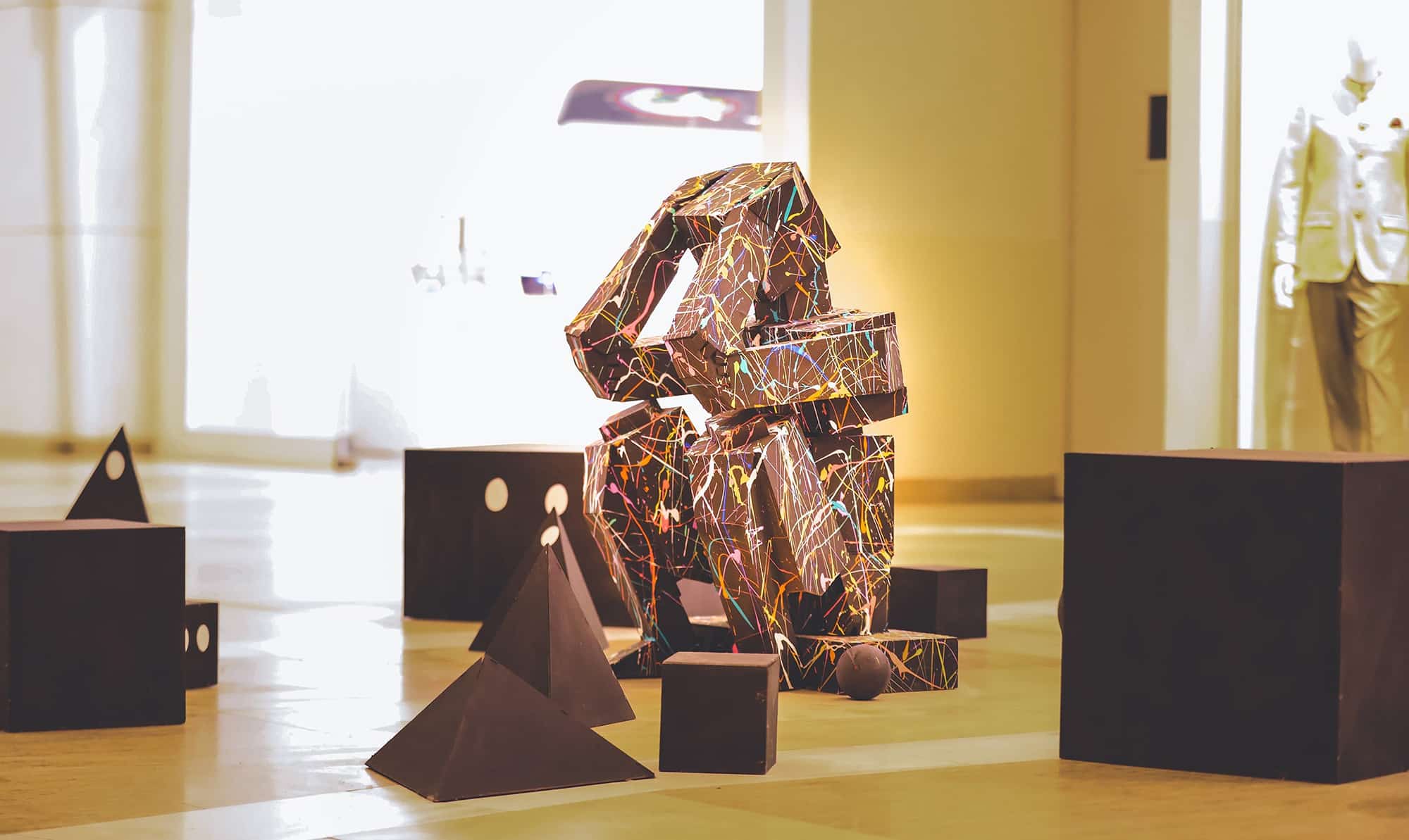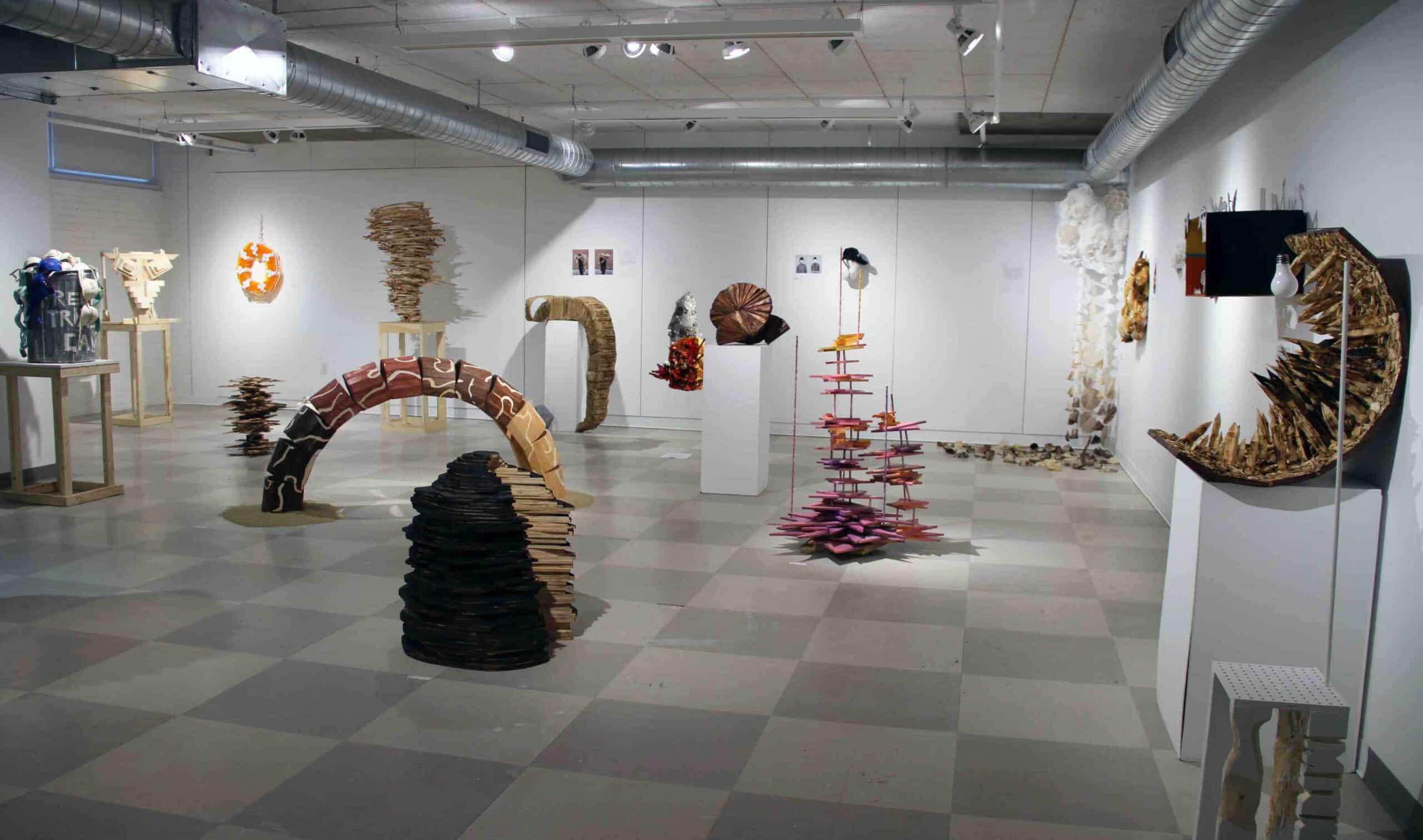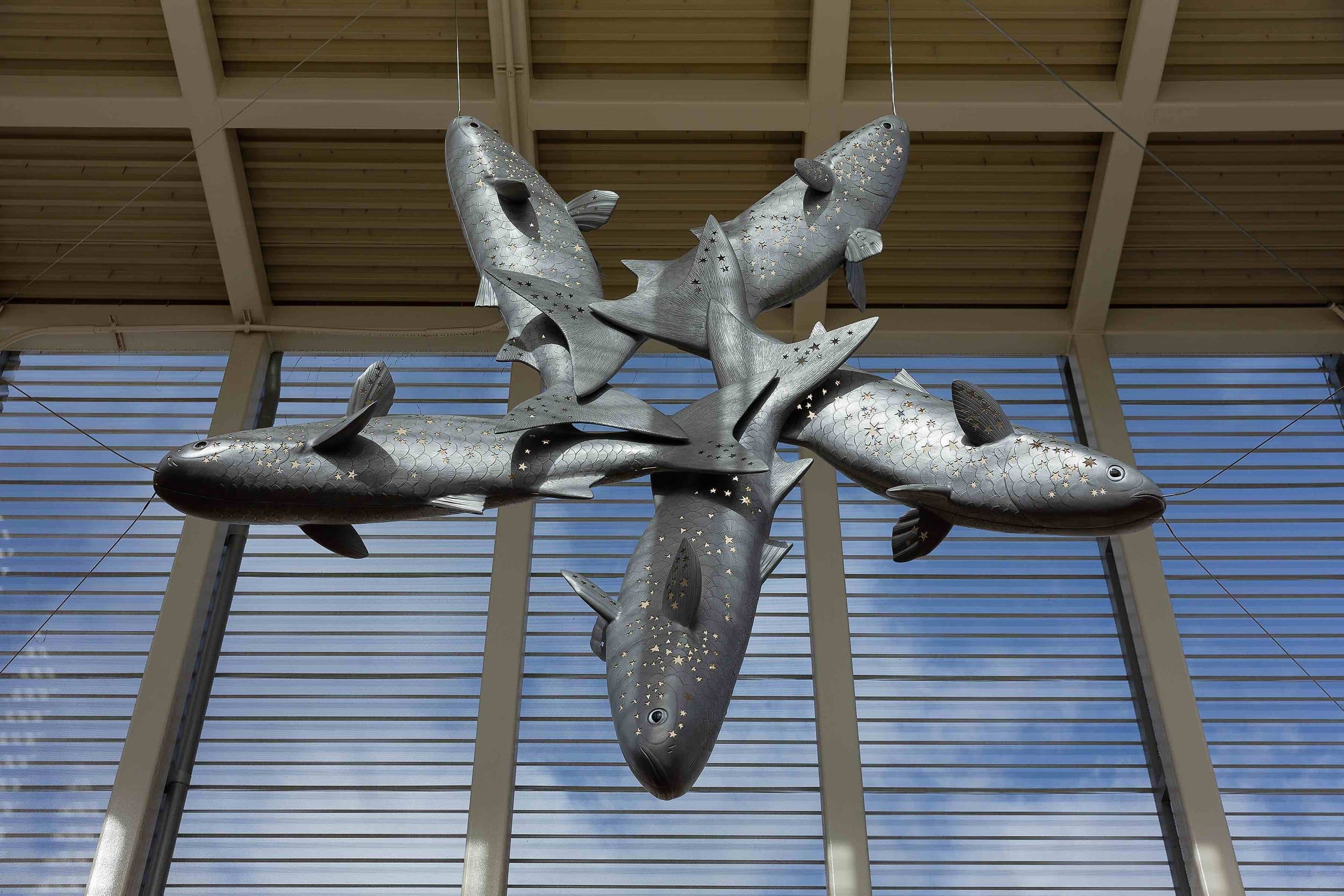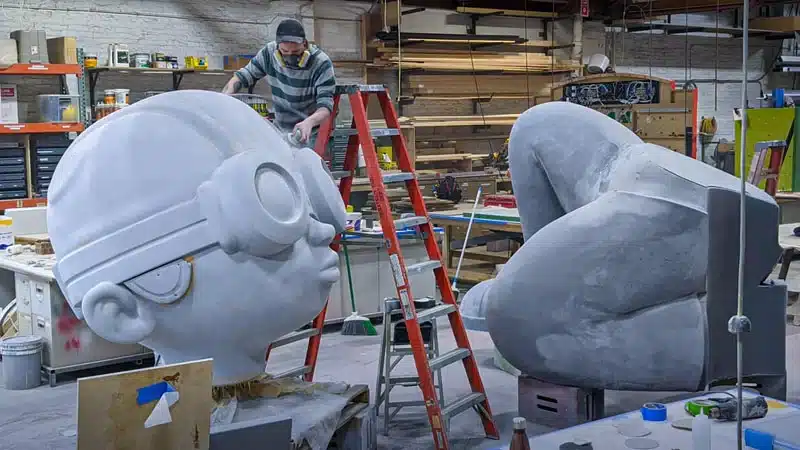Sculpture is an age-old art form that has been inspiring and enthralling people for thousands of years. Artwork from ancient marble statues to modern abstract works demonstrates the imagination, talent, and vision of artists from many historical periods and countries. This article delves into the intriguing realm of Artwork, examining its historical background, cultural relevance, creative processes, and contemporary services related to this art form.
Recognizing Sculpture
Sculpture is a three-dimensional art style in which things or figures are created by molding and working with materials like clay, stone, metal, wood, or different synthetic materials. In contrast to two-dimensional artistic mediums such as paintings or drawings, Artwork is a tangible object that can be viewed from many perspectives, allowing spectators to engage in tactile and spatial interaction.

Artwork has been used for many different things throughout history, from religious and ceremonial purposes to commemorative, decorative, and expressive purposes. To realize their creative ideas, sculptors employ a variety of methods, including modeling, casting, carving, and assembly. The artist’s aims, style, and aesthetic preferences are frequently reflected in the materials and techniques they choose. Through the provision of resources and experience in different elements of sculpture production, promotion, preservation, and display, art and design services play a critical role in helping artists.
Sculpture’s Historical Significance
Throughout human history, Artwork has been used for artistic expression, cultural representation, and narrative purposes. Artwork representing gods, emperors, legendary animals, and scenes from everyday life graced temples, tombs, and public spaces throughout ancient civilizations like Egypt, Greece, and Rome. This Artwork demonstrated the artists’ technical proficiency in addition to reflecting the ideals and worldviews of the communities in which they were made.
Artwork saw a renaissance in Europe during the Renaissance, thanks to the works of renowned artists like Michelangelo, Donatello, and Bernini, who showed a profound comprehension of human anatomy, emotion, and movement. A move toward realism and naturalism throughout this time produced lifelike Artwork that perfectly encapsulated their topics.
Contemporary Trends and Methods in Sculpture
Sculpture has changed dramatically in the contemporary era, incorporating new ideas, mediums, and materials. Sculptors stretch the limits of conventional sculptural techniques by experimenting with non-traditional materials like plastics, found items, and mixed media. Figurative, abstract, minimalist, conceptual, and installation art are just a few of the many types that make up contemporary Artwork, which reflects the richness and diversity of artistic expression in the twenty-first century.
With artists using digital tools, 3D printing, and computer-aided design (CAD) software in their creative processes, technological improvements have also had an impact on Artwork. These technologies blur the boundaries between traditional artistry and digital innovation by enabling higher precision, scalability, and experimentation in the production of Artwork.
Explore More Transformative Illustration Services: Visual Alchemy

Sculpture Services’ Function
In addition to creative investigation and Artwork production, a variety of services have surfaced to assist artists, collectors, organizations, and companies operating in the Artwork sector. These services support the sustainability and vitality of Artwork by addressing a range of facets of the art form’s creation, marketing, preservation, and exhibition. Important sculpting services include the following:
Commissioning Sculptures
When creating commissioned Artwork for particular themes, locations, or uses, artists and clients frequently work together. Commissioned pieces need meticulous design, coordination, and implementation and can be used to decorate corporate settings, public areas, private collections, or memorial monuments.
Repair and Conservation of Artwork
To maintain their integrity, beauty, and cultural significance, older Artwork—especially those that are historical or outdoor—may need repair and conservation treatments. Expert conservators evaluate the state of Artwork, deal with deterioration or damage, and apply conservation treatments using the right methods and supplies.
Installation and Display of Sculpture
When placing Artwork in indoor or outdoor environments, there are several logistical factors to take into account, including site preparation, transportation, rigging, and installation methods. Artwork service providers ensure that audiences have the best possible viewing experiences by providing expertise in the safe handling and visually pleasing exhibition of artworks.

Marketing and Promotion of Artwork
To exhibit their works, attract collectors and purchasers, and increase their exposure in the art market, artists, galleries, museums, and art dealers use marketing and promotion services. Online galleries, publications, art fairs, exhibitions, and partnerships with curators and other art experts might all be a part of this.
Artwork Education and Workshops
Aspiring artists, students, and enthusiasts can take advantage of the Artwork education programs, workshops, and residencies that educational institutions, art schools, and cultural organizations provide. These courses promote creativity and skill development by offering instruction in professional practices, art history, conceptual development, and sculptural techniques.
Artwork Evaluation and Authentication
For insurance, sales, donations, or estate planning purposes, Artwork evaluation services evaluate the worth, authenticity, and provenance of artworks. Thorough evaluations are carried out by qualified appraisers using provenance records, market trends, art historical research, and condition assessments.
Production and Fabrication of Artwork
Using specialized fabrication methods, supplies, and tools, Artwork fabrication services convert the ideas and designs of artists into tangible works of art. In close collaboration with artists, fabricators bring their dreams to life while guaranteeing technical viability, structural soundness, and aesthetic excellence.
In summary
As a dynamic and expressive art form that reflects the advancements in technology, society, and culture, Artwork is still evolving today. Artwork, which ranges from historical classics to modern installations, captivates viewers, elicits thinking, and stimulates the creative process in a variety of situations and environments. In their pursuit of artistic excellence, preservation, and marketing, artists, collectors, institutions, and enthusiasts are supported by the variety of sculptural services that are being offered. Artwork continues to be a timeless and enduring media that enhances our lives and links us to the depth of human imagination and expression as we traverse the ever-shifting terrain of art and creativity.

